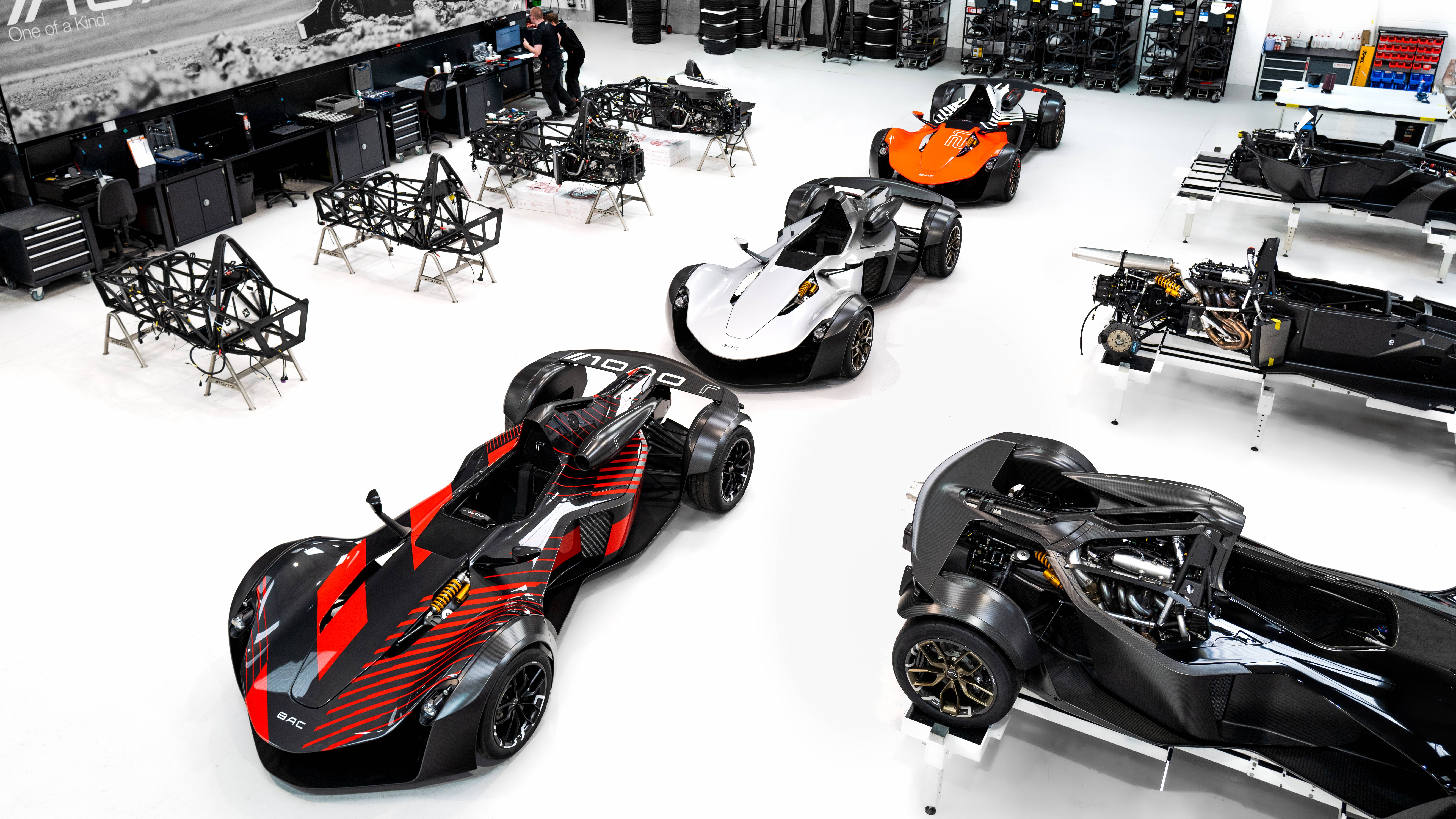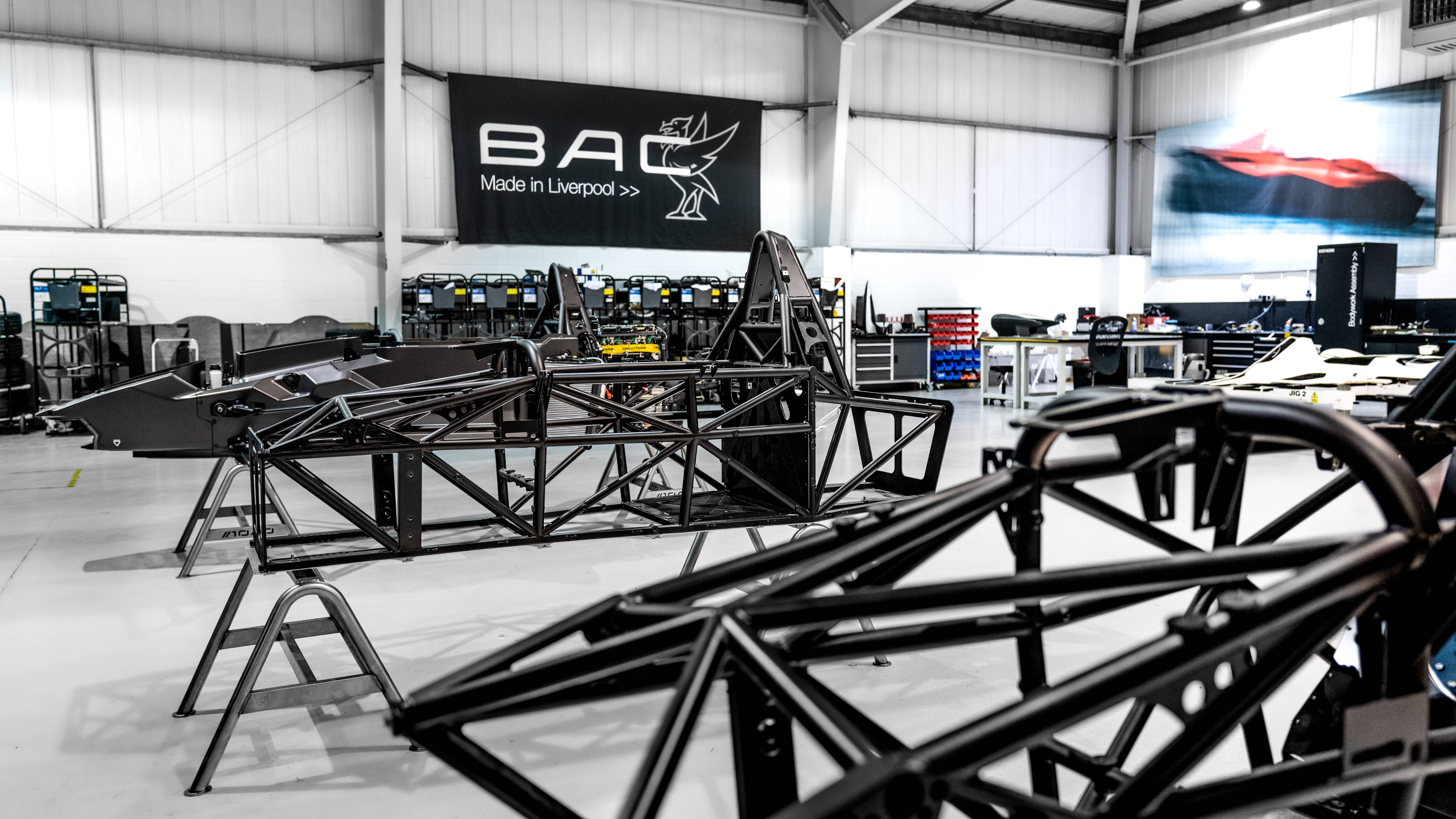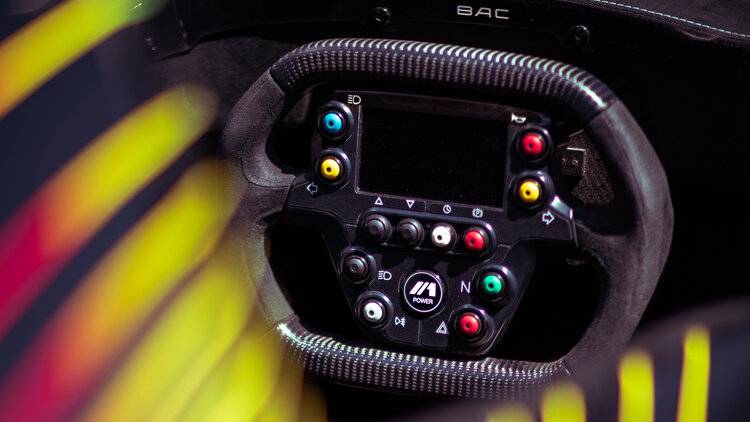BAC Mono R single-seater is the ultimate single seater for the road or track
The Mono R has a power-to-weight ratio of 618 bhp-per-tonne!


Liverpool-based Briggs Automotive Company has announced the completion of the 25th example of its celebrated Mono R supercar. As its name suggests the BAC Mono is a single-seater, only one that is fully road legal.
The company was set up by brothers Neill and Ian Briggs in 2009, and the original Mono broke cover in 2011 and has been continuously refined since, with uprated powerplants, lighter bodywork and the ability to shatter production car lap records on tracks around the world.

The Mono R took everything up a notch. First shown to the world in 2019, it was earmarked for existing customers only at a price starting at £190,950. At just 555kg – less than 40% of a Porsche 911 GT3 – the Mono R has a power-to-weight ratio of 618 bhp-per-tonne, a figure that puts it in the company of hypercars and track-only machines.
Only having to seat a driver keeps the weight down, of course, as does the use of graphene-enhanced carbon composite body panels – a world-first for a production car.

With such a low-volume, high specification car, customers are encouraged to take close interest in the build process, ensuring that each car accords to an exacting personal specification.
The Mono R is effectively a racing car for the road, with exposed suspension components integrated into a bodyshell that’s shaped for downforce.

The graphene enhanced carbon composite makes effective use of the ultralight material, original developed in collaboration with Manchester University, home of the National Graphene Institute.
Get all the latest news, reviews, deals and buying guides on gorgeous tech, home and active products from the T3 experts
Built up of single atom thickness sheets of carbon, the material is 200 times stronger than steel and 20% lighter than traditional carbon fibre.

The Mono R includes 44 panels shaped from the material, emphasising the science fiction inspired forms of the original and pushing the car’s aesthetic further into the future. Elements like the centrally-mounted main beam LED headlights, the wide sidepod air intakes and the rear spoiler that blends into the rear wheel arches all combine to make the Mono look more like a movie prop than an object you can use every day.

A 2.5-litre, 4-cylinder engine pushes out 343 bhp, sucking in air from the new Formula 1-inspired ram-air inlet system behind the driver. Brakes are carbon ceramic, chassis components are forged from magnesium, and the cockpit is geared towards performance, with the latest in race-honed instrumentation, including BAC’s own info screen embedded in the button-cover racing wheel.

The Mono R maintains the high standards set by the Briggs brothers at the outset, and 80% of production is exported. BAC remains a potent force in bespoke supercar building and we wait with bated breath to see what the company creates next.
This article is part of The T3 Edit, a collaboration between T3 and Wallpaper* which explores the very best blends of design, craft, and technology. Wallpaper* magazine is the world’s leading authority on contemporary design and The T3 Edit is your essential guide to what’s new and what’s next.

Jonathan Bell is Wallpaper* magazine’s Transport and Technology Editor, a role that encompasses everything from product design to automobiles, architecture, superyachts, and gadgets. He has also written a number of books, including Concept Car Design, 21st Century House, and The New Modern House. His interests include art, music, and all forms of ephemera. He lives in South London with his family.
